DREAMS (1990)
A collection of tales based upon eight of director Akira Kurosawa's recurring dreams.

A collection of tales based upon eight of director Akira Kurosawa's recurring dreams.


Last year, at the age of 80, Martin Scorsese declared, “The whole world has opened up for me, but it’s too late. It’s too late. I want to tell stories, and there’s no more time.” The director was promoting his latest film, Killers of the Flower Moon (2023), but his words were a lament for the passage of time. Of course, Scorsese isn’t the first great director to express such a sentiment, and he points to a quote that began to resonate with him as he aged…
Said quote is from Akira Kurosawa, upon receiving a Lifetime Achievement Academy Award in 1990, who said: ‘I’m only just beginning to see the possibilities of what cinema could be, and it’s too late.’ Kurosawa also turned 80 that year, and uttered those words just a few months before his late-career gem, Dreams / 夢, would premiere at the Cannes Film Festival.
It feels as though Dreams should bear that quote amongst its many title cards. Perhaps, however, the film itself is the communication of that sentiment. Dreams takes the form of eight vignettes, each a representation of a recurring dream Kurosawa had throughout his life. After the first, each vignette begins with a title card that reads “I had another dream…” before displaying the name he’s given to the dream.
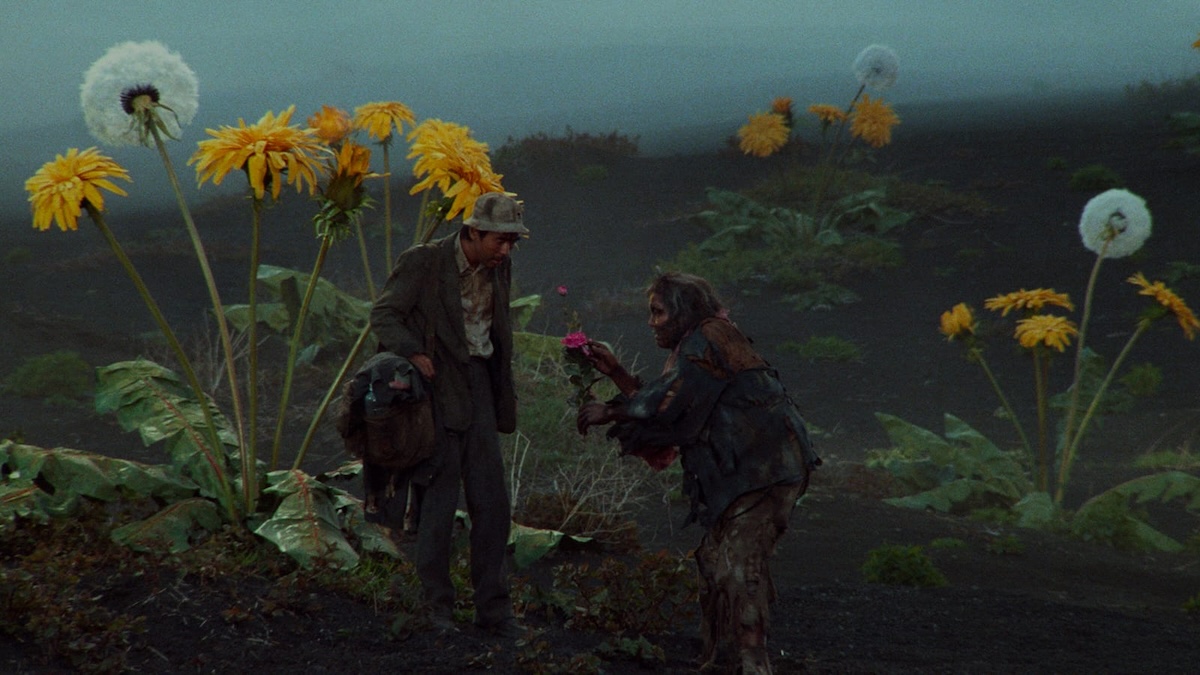
Over two hours, we encounter the spirits of peach trees, witness nuclear meltdowns, are led through wastelands by wailing demons, and face an army of ghosts. Kurosawa takes us on such a varied landscape of imagery that it’s a remarkable feat that Dreams is so cohesive.
The clearest link between each dream is initially the protagonist, known as ‘The Dreamer’, played by Akira Terao in six of the eight dreams. In the first two, however, the role is played by the child actor Mitsunori Asaki. Otherwise, each dream is a standalone endeavour, fully formed and beautifully realised.
However, this is a film about communication. As we drift from dream to dream, we begin to realise that each one speaks to the next. In the first two—titled “Sunshine in the Rain” and “The Peach Orchard” respectively—a young boy (based on a young Kurosawa) grapples with guilt and ghosts of the past. The young dreamer disobeys his mother’s warning to stay at home and out of the woods, while in the second dream he encounters strikingly painted ‘living dolls’, which are the spirits of the peach trees that he and his family have cut down.
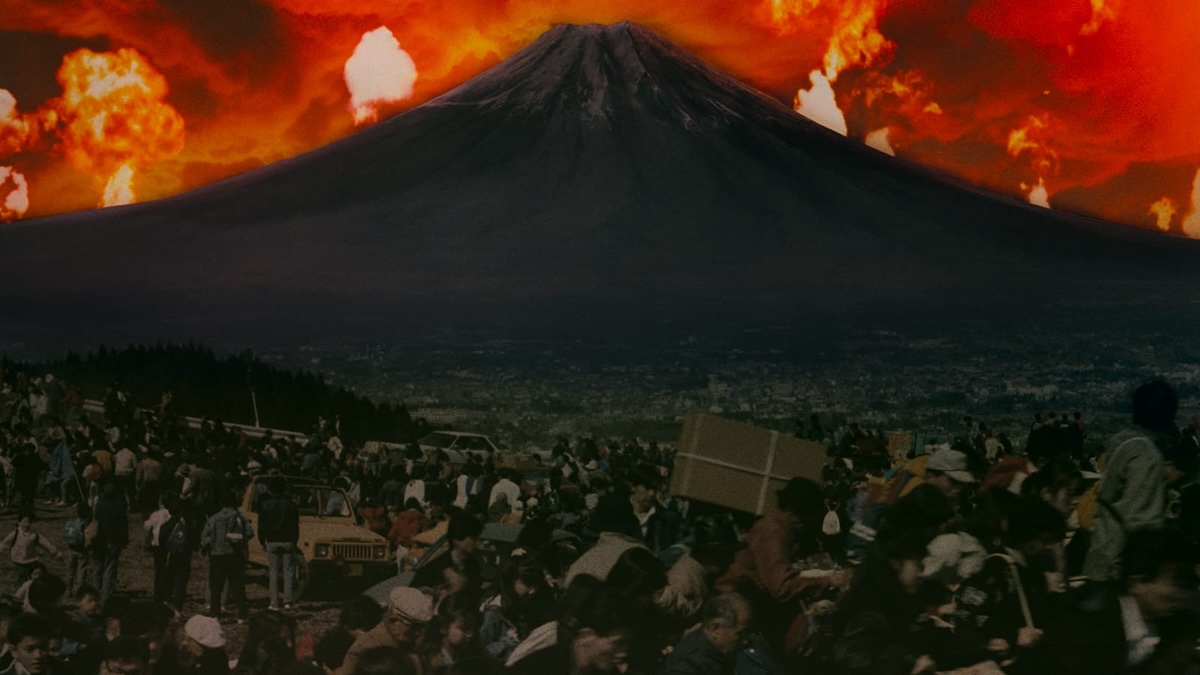
The two dreams share a striking visual language: wildly saturated colours and slow physical movements. Kurosawa’s camera pans leisurely across scenes of magic and surrealism. These are not so much stories as scenes—perfect images distilled from actual sleeping dreams. They don’t always make sense, and endings don’t exist. They seem to simply stop, as if we’re jolted awake. Instead of wondering where they might have gone, we’re left wondering what they mean.
“You saw it, didn’t you? You saw something you shouldn’t have,” says the young dreamer’s mother in “Sunshine in the Rain”, instilling a sense of shame and regret that runs throughout each of the subsequent dreams. Even though the scenes are disparate, Kurosawa finds thematic links between each, as if beneath the dreams themselves lies an ongoing conversation about the world and our place in it.
Again and again, Kurosawa foregrounds nature as a mystical force, a force with which we have been gifted and for which we are now responsible. Perhaps by chopping down the peach trees, we are responsible for the destruction of our greatest gift. This could explain why, in the third dream, “The Blizzard”, a group of frostbitten climbers find themselves freezing to death atop a snowy mountain.
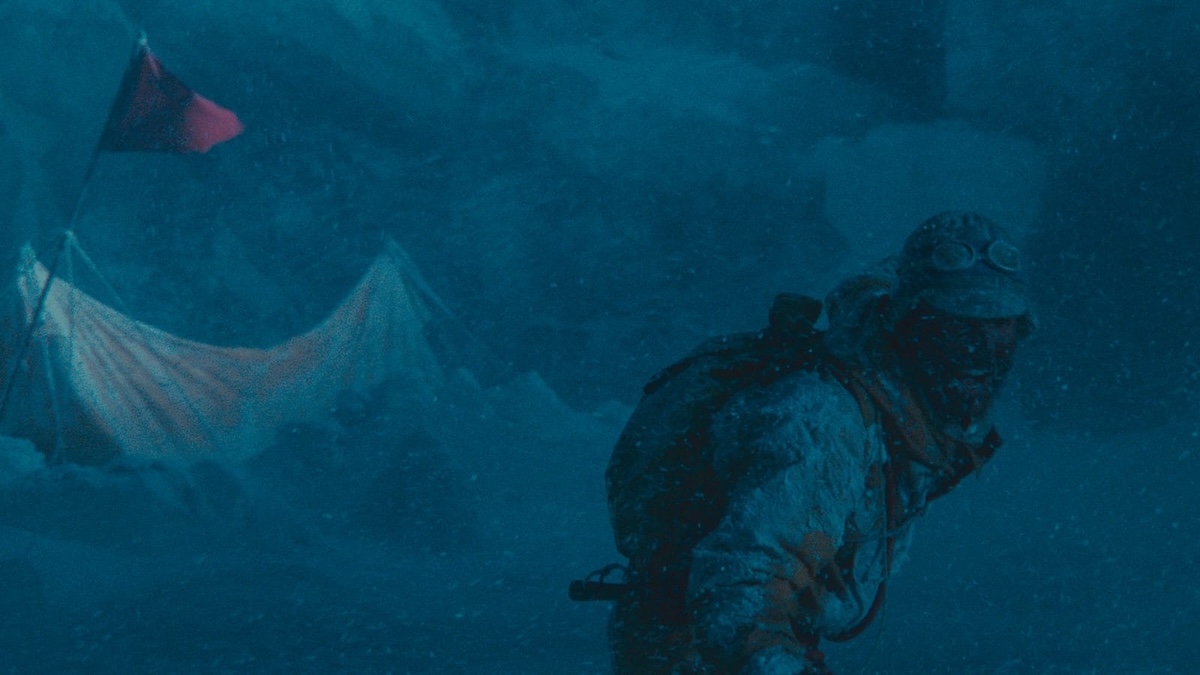
In this dream, nature is merciless and unforgiving. Here, death is personified by a mysterious woman on the mountain who wraps beautiful blankets around a climber, urging him to sleep. “The ice is warm,” she whispers to him.
In Dreams, nature becomes folkloric and filled with fairytales. It isn’t somewhere you go, but something that surrounds us at all times—living, breathing, giving and taking life. We might never fully comprehend its vast, unknowable power, but how fortunate we are to witness it.
Nearly 50 years into his cinematic odyssey, “The Blizzard” finds Kurosawa contemplating the pride one finds in continuing an arduous journey. Despite his renown as a genius, Dreams was not eagerly backed by Japanese studios—perhaps Kurosawa saw in the strange lady upon the mountain a parallel with a film industry that did not support him in pushing on to the summit. He was 80, and rapidly losing his sight. Some sources claim that he was almost completely blind while making Dreams. “The Blizzard” is an act of defiance, a raging against the dying of the light from a man who knew that time was not on his side. There was so much left to say.
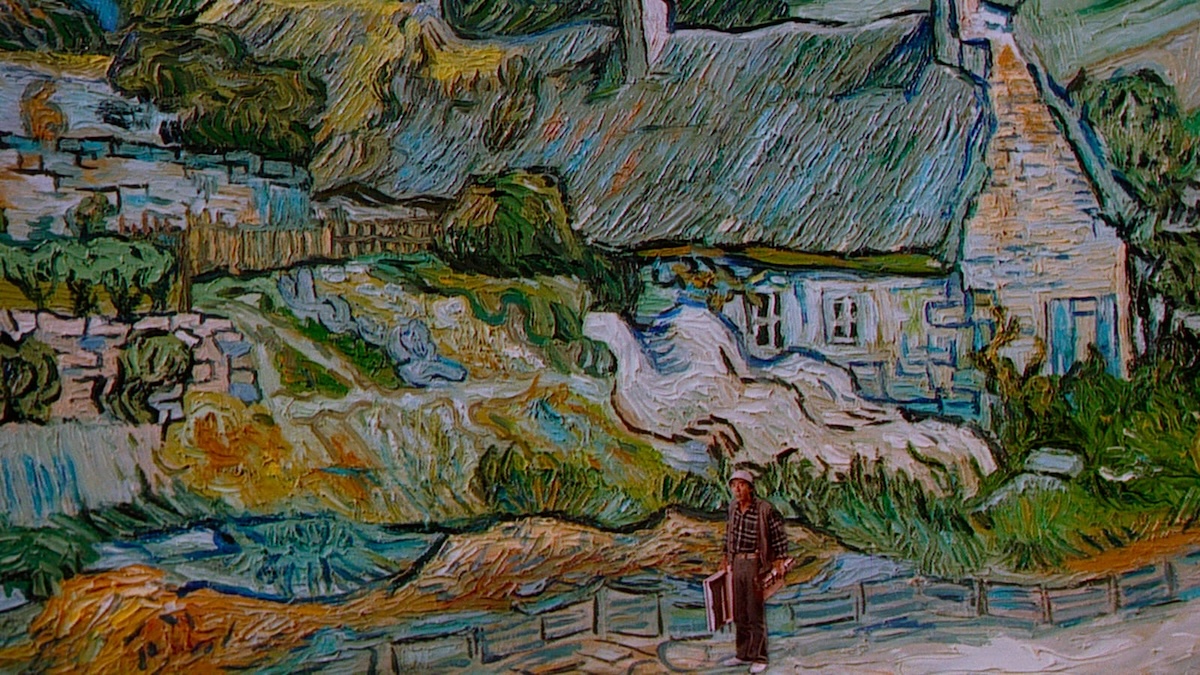
And so many people to speak to. Ghosts from the past, and people not yet born. In the dreams titled “Mount Fuji in Red” and “The Weeping Demon”, Kurosawa speaks directly to the generations below him about his deepest ecological anxieties. The sky behind Mount Fuji glows red with plumes of fire shooting skywards, but it is revealed not to be an eruption, rather, it’s a nuclear meltdown.
We find Kurosawa briefly dipping his toes into disaster-movie filmmaking, which might feel incongruous if it didn’t possess the same visual dynamism as the other dreams. Plumes of vivid, red smoke billow over the land. It’s fallout, dyed by scientists so it’s visible to the human eye. “It won’t stop anyone from being killed,” says a man in a suit, “it’ll just alert them to the fact that they are about to die.”
Here, literally destroyed by colour, one wonders whether Kurosawa was grappling with both his failing eyesight and the breaking point at which the world found itself—we had the science to know we were killing the planet, but not the strength to do anything about it. “Mount Fuji in Red”, like “The Blizzard”, asks us how we will choose to die.
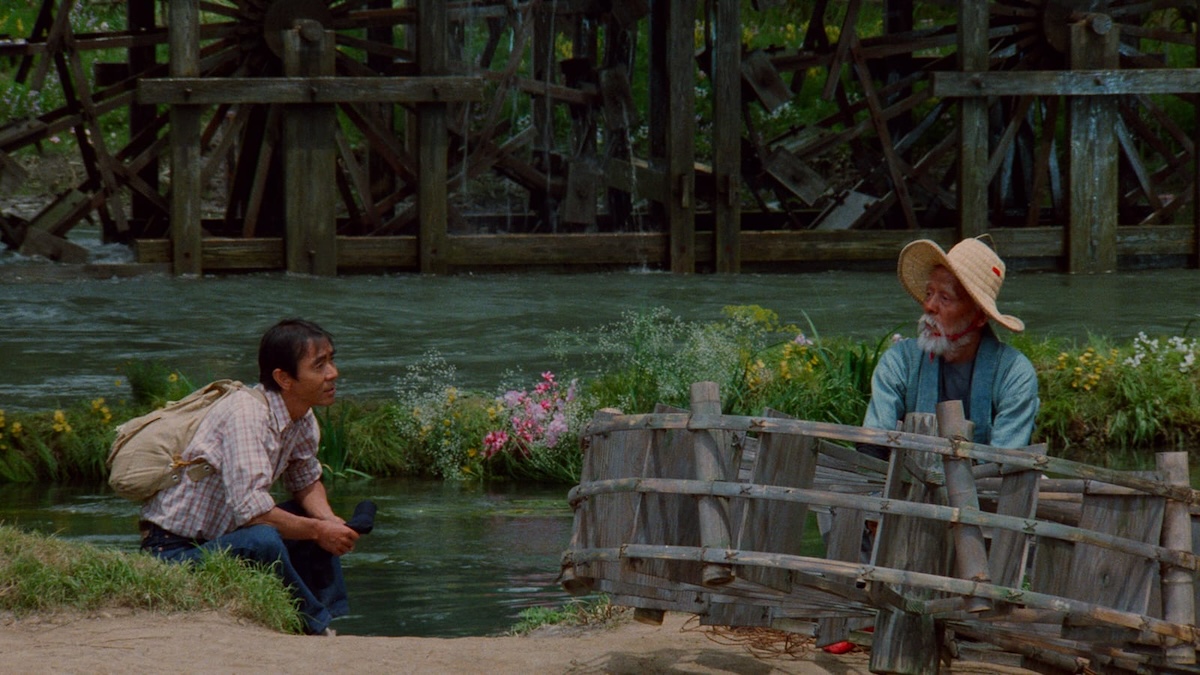
“The Weeping Demon” thematically follows on from “Mount Fuji in Red”. The dreamer finds himself walking through a barren wasteland. Here, he encounters a one-horned demon, who tells him that after the hydrogen bombs were dropped, only strange, giant flowers could grow from the poisoned earth. By unearthly red pools of water, demons writhe and moan in slow, possessed movements, unable to accept their new form or the state of the land they inhabit. Kurosawa imagines an unending punishment for man’s sins: the demons were all wealthy government officials, now doomed to wander the nothingness they created.
If the majority of the other dreams are gentle and whimsical, then “Mount Fuji in Red” and “The Weeping Demon” prove that Kurosawa still possessed a savage streak and a troubled soul. Turn back now, he seems to be saying, and make your peace with the world as it is, for it will never be the same.
Similarly, the dreams “The Tunnel” and “Crows” share a kinship in their exploration of conversations with the dead. “The Tunnel” depicts the dreamer confronting the human cost of war, as the ghosts of a World War II Japanese platoon emerge from the darkness of a tunnel, each with a blue kabuki-style face. The dreamer, overcome with grief, takes the blame for their deaths. He admits that, as their commander, he led them into a pointless battle. War is a man-made machine, operated by cogs. If art is creation, then this is its antithesis. It is total destruction.
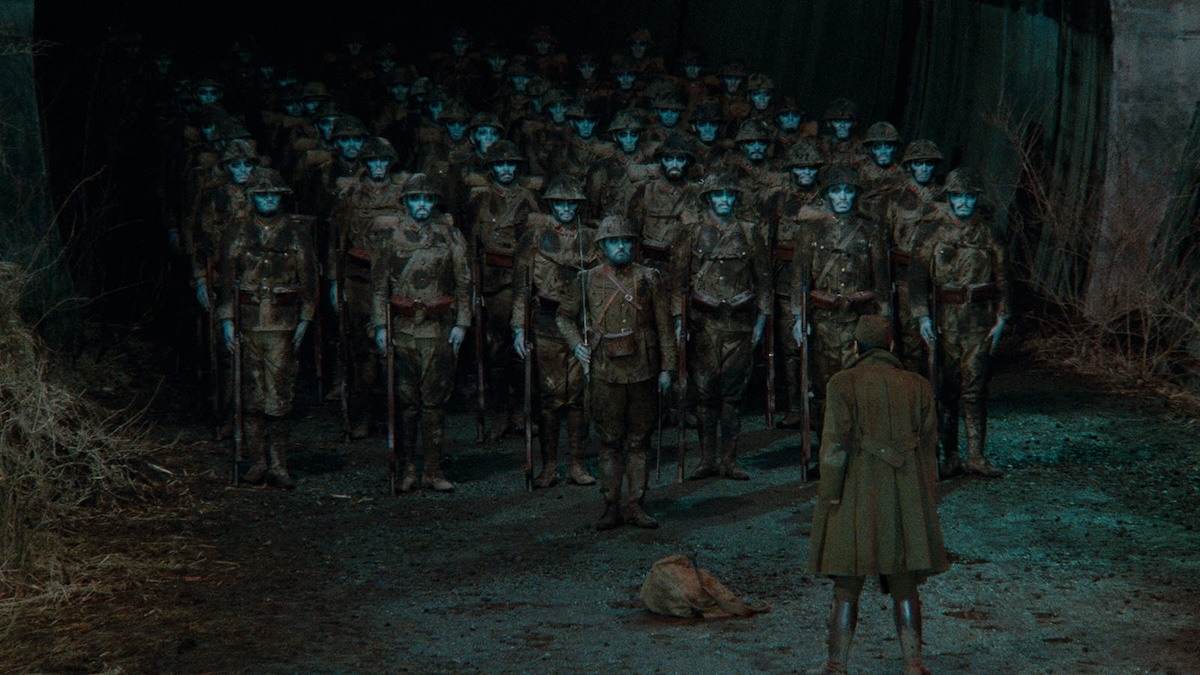
“Crows”, meanwhile, sees the dreamer visiting a gallery and searching for Vincent van Gogh within his own paintings. Perhaps the most visually striking of the dreams, “Crows” is direct and revealing. It’s cinema as a ouija board—a great artist imagining a conversation with a long-dead painter who inspired so much of his own work.
Van Gogh, played by Martin Scorsese, stands facing a gorgeous, sweeping landscape, declaring, “There is so little time left for me to paint.” Here, a facet of the artist is revealed: the encroaching fear of the end, the inner clock ticking ever louder, a world that will continue on without him. If “The Tunnel” borrows on some shame and regret from the young dreamer seen earlier, then “Crows” imagines a different kind of regret: the regret that life isn’t long enough to contain all that we hoped it would.
Kurosawa’s fears, wishes, and regrets lead us, fittingly, to the ascended paradise of “Village of the Watermills”, the final and most overtly poetic dream of all. Here, we have quiet, tranquillity, and no more tears. An old man tells the dreamer that everyone who lives here lives naturally, and dies in the order they were born. A bright, celebratory funeral is being held in the village for a woman who died at the age of 99. “I don’t want a night so bright that I can’t see the stars,” the old man says, when asked about the village’s lack of technology. They live how they are supposed to, and they die how they are supposed to. The ability to do so is a great gift.
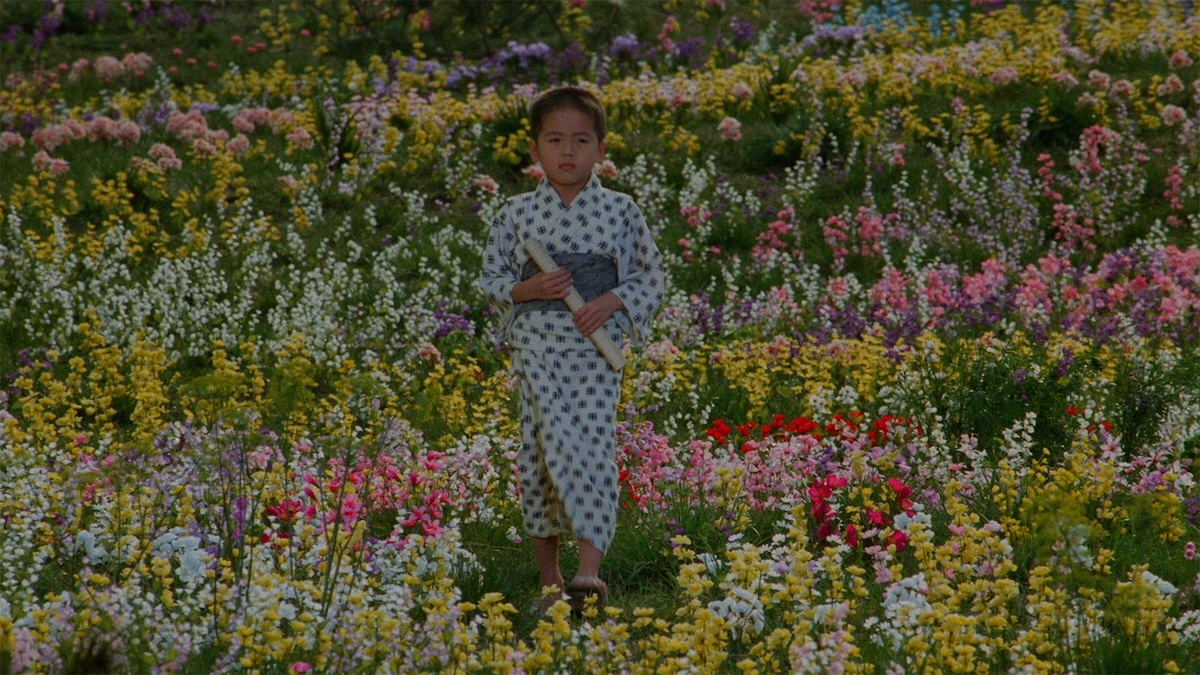
Although Dreams remains Kurosawa’s most technologically advanced film (ILM helped create the effects for the crows’ dream), it’s still to the peacefully flowing stream and the swish of the trees that Kurosawa returns. Life and death can be found here in perfect harmony. No man-made achievement could possibly outweigh the endlessness of nature—to photograph it is to become a custodian of it for future generations. It’s a message for the future, showing the possibilities of how our world could look, a timeless reminder to connect with our environment and the people who have lived and died here.
And, like all the other dreams, it’s about seeing. It’s about the feeling that arises when you stand in a gallery and look at a work, observing the brushstrokes, the splintering of the frame, wondering who the subject is, reading the plaque, and knowing it’ll never be enough to convey what it feels like to be so utterly absorbed by beauty.
It’s a hunger that Scorsese and Kurosawa share, a greediness to absorb as much of life as possible, and to pass on a torch to future generations, as if to say ‘this all matters’. Nature, poetry, tradition, love, painting, cinema—all matter. We should never lose sight of the things that give life its meaning. Scorsese and Kurosawa may have claimed they’ve only scratched the surface of what cinema can be, but what a tremendous incentive that is for the rest of us. It’s an invitation to explore, to allow cinema to matter, to keep art integral to the upkeep of our souls.
Dreams is the work of a man desperate to see and capture what he can of the world around him, and the world inside him, before the ability to do so is taken away forever. The stillness and patience with which Kurosawa guides us through his dreams are gentle, kind, and overwhelmingly generous. It is as if Kurosawa is taking you by the hand and trying to tell you what he sees, in the hope that it might do you some good. Kurosawa was a teacher; Dreams might have been his greatest lesson.
JAPAN • USA | 1990 | 119 MINUTES | 1.85:1 | COLOUR | JAPANESE • FRENCH • ENGLISH

The latest Blu-ray edition of Dreams features a 4K digital transfer, supervised by cinematographer Shoji Ueda. To say the transfer is vibrant doesn’t do it justice. The colours are rich and bold, without being garish—the crows’ dream in particular is filled with stunning reds, blues, and golds. The film’s look frequently emulates a painting, and this transfer is very easy to get lost in. Fine detail is evident throughout, such as the wind and rain falling in “Sunshine in the Rain”, and the reeds floating downstream just before the credits roll. Natural texture and grain are kept intact, but a cleaned-up image gives this an overall crisp and deep look.
The 2.0 DTS-HD Master Audio soundtrack is well balanced and gentle. I was able to pick out lovely audio details, like the wind rustling the trees, and the water in “Village of the Windmills” being slowly churned. If the Blu-ray is this impressive, I can only imagine the simultaneous 4K Ultra HD release is an utter miracle (Criterion were sadly unable to provide one for review).

writer & director: Akira Kurosawa.
starring: Akira Terao, Martin Scorsese, Chishū Ryū, Mieko Harada & Mitsuko Baisho.
